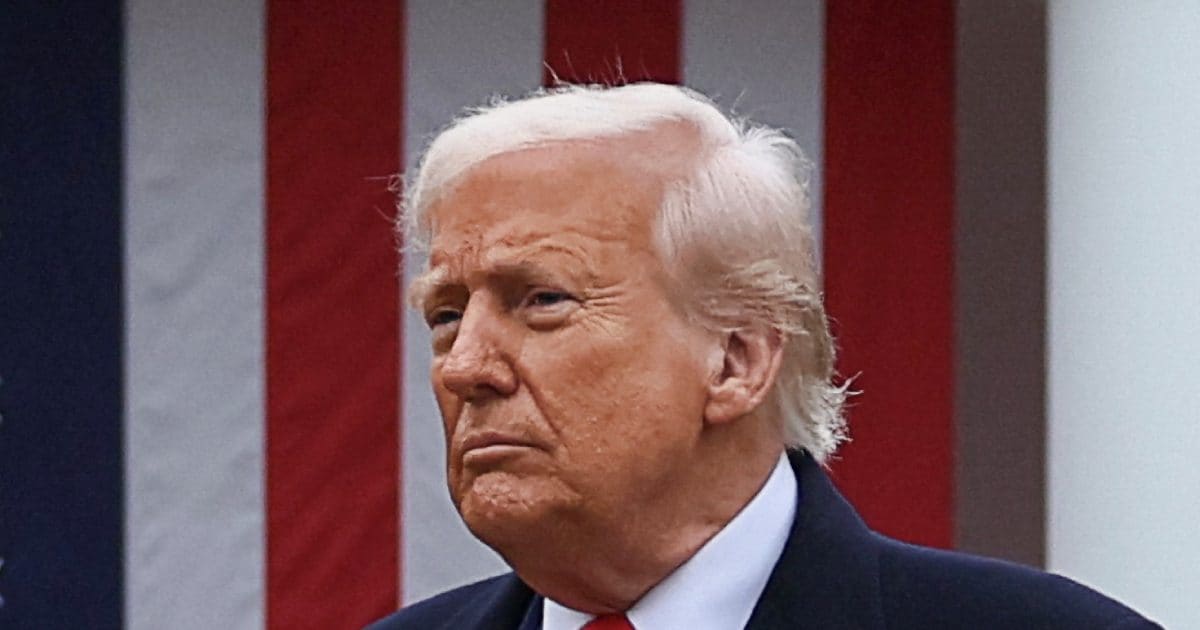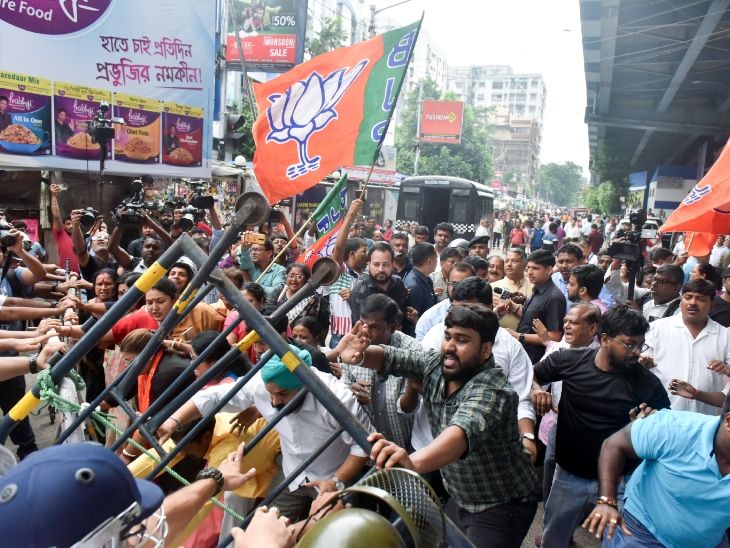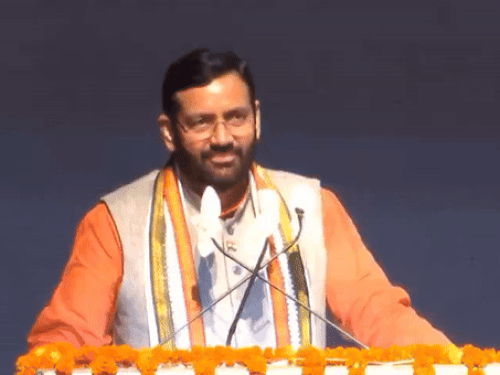US President Donald Trump announced the tariff plan on 2 April, it came into force all over the world with immediate effect. In it, they have fixed different tariff rates for different countries. Now the question is whether Trump’s order will be directly implemented or for this the approval of the US Senate will have to be taken. Trump has used which rights of his own tariffs.
First of all, know that US President Donald Trump has used his executive order to implement the tariff plan. This plan has also become effective since 2 April 2025
Question – Does Trump need Senate permission to implement this tariff?
– is not, because the US President has widespread rights regarding business policy and tariff, which are mainly under executive power. In particular, laws such as Section 301 of the Trade Act of 1974 and the International Emergency Economic Powers Act (IEEEEPA) give the President the power to impose tariffs to protect national interests. Trump also implemented tariffs on products such as steel and aluminum through executive orders in his previous term, which was implemented without Senate approval.
Question – What are the executive power of American President, which makes him the all -manual leader of the world?
– Executive powers of the US President ie Executive Power are quite tremendous and are used in many ways. These are like this
Law sign and veto- The US President has the right to sign or vet the bills passed by the Congress. However, the Congress can overturn veto with a two-thirds majority in both houses.
Commander of Armed Forces-in-Chief-The President is the commander-in-chief of the United States armed forces, which gives him the power to direct military operations and order the deployment of soldiers.
Appointments and removal power – The President appoints members of his cabinet and other high officials, most of which require Senate advice and consent.
Foreign Policy and Neties –The President can sign treaties with foreign powers, which should be approved by two-thirds of the Senate members.
Forgiveness and relief – The President has the right to forgive for federal crimes.
Control of nuclear weapons – The President has the ability to launch nuclear weapons, provided to him through a black briefcase (nuclear football).
Issuing Executive Order –The President can issue an executive order, which are legally binding and apply without the approval of the Congress. With these powers, the US President is the head of the executive branch of the country and exercises extensive executive rights.
Question – Why is the tariff imposed by Trump being called a reciperoot tariff?
– In this case, Tariff has been introduced as “reciperook tariff”, aimed at imposing a retaliation on countries that impose elevated tariffs on American imports.
Question – So can the Senate not raise any question on this?
– If this policy is applicable for a long time or largely and its negative impact starts on the US, then the Congress can question it or try to modify it, but initially it is under the President’s jurisdiction.
Question – So do the power of the Senate end there after the executive order is implemented?
To understand the answer, we have to look at the laws related to the US Constitution and business. Under Article I, Section 8 of the US Constitution, the Congress has been empowered to impose tax and control international trade. This means that the approval of the Congress should be necessary to apply business measures like tariffs, theoretically, it should be necessary. However, in the last several decades, the Congress has entrusted wide rights to the President in the field of trade policy, due to which the President can now take decisions like tariffs.
There are two major laws about this: Trade Act of 1974 and International Emergency Economic Powers Act (IEEPA). Section 301 of the Trade Act of 1974 empowers the President to take action against the countries that harm American trade interests. This may include tariffs, restrictions on imports, or other business restrictions. Similarly, Ieepa gives the President the power to take economic measures in the state of national emergency.
Question – How did Trump use this law in his first term?
– Trump used both these laws in his first term. For example, in the trade war launched against China in 2018, Trump had tariffs on billions of Chinese goods worth billions of $ 301. For this, he did not have to take approval of Senate or House of Representatives.
Question – Can Senate Donald Trump’s order reversed?
– Even though Trump can apply this tariff with immediate effect, its long -term impact and validity can be in the hands of the Congress. If the Senate or House wants to turn this policy, they can pass a new law, which will require a majority in both houses and perhaps two-thirds of support to override the President’s veto. However, it is practically difficult to do so when Trump’s party has a strong impact in the Congress.
Question – If Trump’s tariffs violate the rules of the World Trade Organization, can it be complained?
– Of course. The affected countries can complain about this in the World Trade Organization (WTO), as many countries did in 2018 but did not affect Trump. He had earlier adopted the policy of ignoring WTO decisions. This time also the same is likely to happen.




